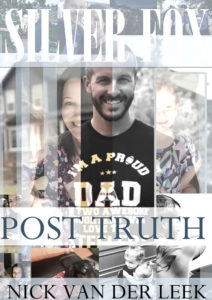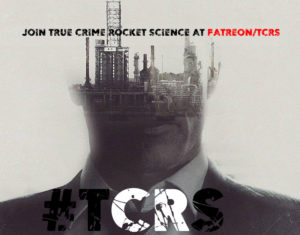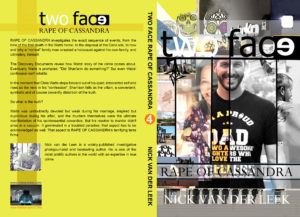Each day we’re getting to know the labyrinth that is the Watts crime scene more clearly, and in more detail. Each day we’re increasing our knowledge of known knowns, and known unknowns. It takes longer for the unknown unknowns to make themselves known. Sometimes we stumble upon these by sheer happenstance.
There is a place for intuition in true crime. There’s always a grey area where we can see something, or feel something, but we’re not sure what we’re seeing. True crime is filled with smoke and mirrors, but it’s important not to look for smoke where there is none. Rather, we want to try to make sure what we are seeing is actually there.
In the video below we see a collection of “omens”, from weather phenomena, to sinister dolls to injuries. The weather isn’t irrelevant in true crime. The fact that this crime took place at the height of summer, towards the end of summer, late at night/early morning means something. It feels premeditated but it looks last-minute in a sense too, doesn’t it?
The doll in pink clothing wrapped in a white plastic bag with an orange ribbon is perhaps easier to glimpse by watching the video. Dolls and toys also feature prominently in the JonBenet Ramsey and Madeleine McCann cases. What is the significance of this one – in the trash?


Beside the bin with the doll in the trash bag is something else that’s plain to see. It’s an orange container. It’s close to the door to the garage.


Permatex Fast Orange is a typical hand cleaner used by mechanics. Although not odorless, it is colorless, waterless and biodegradable. It doesn’t contain ammonia, which destroys DNA, but it does contain glycerin. Glycerin is a type of humectant – a substance that reduces a loss of water. So in terms of crime scene maintenance, this substance would likely not have been used inside the house, but may have been used to wash hands. Even then, ordinary soap and water would be more effective in destroying DNA.

https://youtu.be/bi_YxtLEgVw
One possible explanation for the doll in the trash, like the sheets in the other trash bin, was the removal of reference evidence from the crime. Reference evidence isn’t direct evidence as much as it’s evidence that might cause one to ask relevant questions.
If one of the children typically slept with a doll, then where that doll was found [if not removed from the scene] may be where the child died. If so, removal of the doll from the scene would be insufficient because if it appeared somewhere else, then that might cause problems too. So the doll needs to be discarded entirely so that that line of inquiry isn’t triggered.
As mentioned above, the same psychology appears to be in operation in terms of the sheets and pillow cases. The sheets and pillow cases aren’t removed because they contain evidence, but because they may trigger questions that may lead to other evidence. In sum then, the removal of certain reference evidence is to create smoke and mirrors. You’re seeing something, but you don’t know what you’re not seeing [the unknown unknowns]. Once you see, for example, the doll or the sheets in the trash, you have the beginnings of a known unknown.


Okay there is something here, but what does it mean?
In the kitchen trash, the bag itself is approximately the same color as the sheets that were placed in them, presumably under a layer of trash that concealed them from a cursory inspection. Was that intentional?
The color of the bag seems to be coincidental [based on the screengrab below from one of Shan’ann’s Live videos].

The debris scattered on top of the sheets was obviously deliberate. But was it meant to conceal just the sheets, or something else too?

There are two Thrive sachets at the bottom of the trash bag, suggesting the girls may have had something to eat or drink before they went to bed. If so, what does that mean…?












Recent Comments